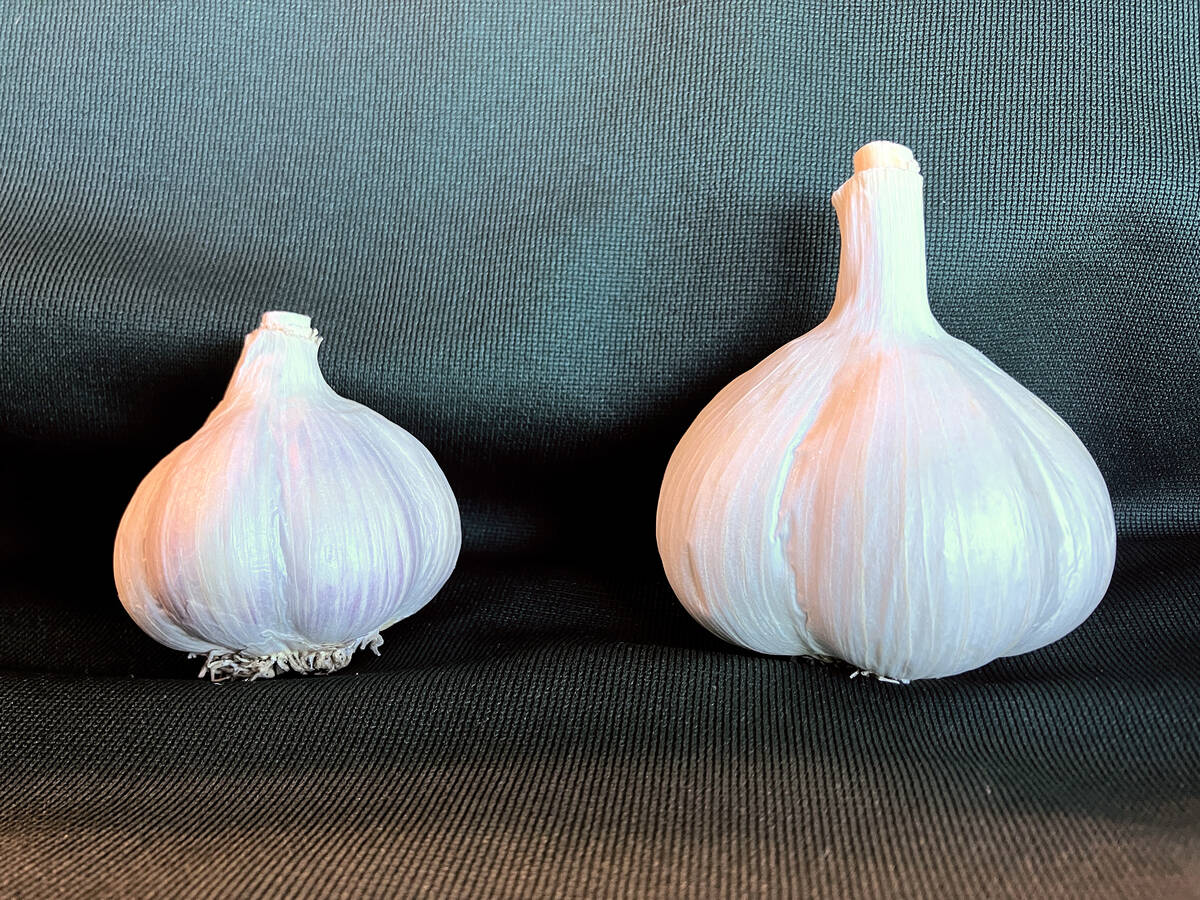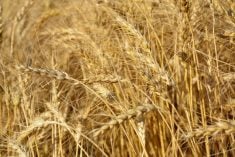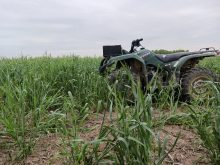A new, coast-to-coast study in the U.S. tracks five years of the financial benefits of including cover crops in corn and soybean rotations, but the numbers may not apply in Ontario.
Why it matters: One factor that can prevent adoption of cover crops is the effect on bottom line due to additional costs such as seed and specialized equipment.
Read Also

Clean seed garlic promises bigger bulbs and higher returns for growers
Ontario garlic trials show clean seed outshines conventional yields, with stronger drought resilience, reduced virus risk and greater economic outcomes.
A report on the study titled “Cover Crop Economics: Opportunities to Improve Your Bottom Line in Row Crops” was published recently by Sustainable Agriculture Research and Education (SARE). SARE is a government grant administration agency created by the U.S. Department of Agriculture to promote research and education into ecologically sensitive farm practices. The lead author was Robert Myers of the University of Missouri’s College of Agriculture, Food and Natural Resources, and findings were based primarily on five years of yield and economic data gathered through national cover crop surveys.
Myers said in a SARE publication that the data “showed us that cover crops do improve commodity yields over time as farmers gain experience with cover crops and the soil is improved… We saw this pattern in all five years of the survey for both corn and soybeans.”
Cornwall-area farmer Alan Kruszel says that although the new U.S. work provides an interesting analysis, cost is a deterrent to adopting cover crops in Ontario, even if farmers are made aware of the SARE study’s positive findings. Kruszel, past-chair of the Soil Conservation Council of Canada (SCCC), says cover crop costs in Canada differ significantly compared to much if not all of the U.S.
“My experience would suggest that our costs seem to be a little higher and in some cases the benefits a little slower to be realized compared to folks in warmer geographies,” Kruszel says.
At his farm, almost all cropland has some form of vegetative cover throughout the winter. The family aims to seed corn and soybeans into living cover crops – often a multi-species mix planted immediately after the harvest of cereals. Some of the species die in the autumn and other species overwinter to provide cover in the spring and be terminated shortly after seeding.
Long-term benefits
For the long term, Kruszel is confident that the SARE’s assessment of the financial benefits of cover crops would also apply in Canada.
The SARE report says “In the longer term, as aggregate soil structure starts to improve, cover crops… can allow farmers to get into the field a little earlier for planting or harvest in wet years (and) several years of cover crop use can gradually start to improve soil organic matter, which can improve soil water-holding capacity and help improve the inherent fertility of the soil.”
Kruszel says yield stability is the biggest benefit he has noticed since bringing cover crops into rotation. “In dry years in particular, our crops are better able to hang on than neighbouring crops.” He attributes this to higher organic matter, better water-holding capacity and greater soil structure.
“In wet years, the living covers help use up the excess water through transpiration and the living roots help support machinery traffic, reducing compaction risks.”
Kruszel says that tests on his farm have indicated an average soil organic matter increase of half a per cent over the last five years – also adding to the potential per-acre yield and returns from the other crops in the rotation over the long term.
The SARE study cites an average half per cent increase in corn yields after one year of well-managed cover crops, 1.8 per cent increase after three years and up to three per cent increase after five years. Soybean yield increases were reported as 2.1 per cent after one year of cover crops, 3.5 per cent after three years and five per cent after five years.
Kruszel says those increases may not apply as quickly in Canada, although he notes that under the extreme conditions of drought when herbicide-resistant weeds are a problem, a cover crop can have almost immediate results.
But he says the U.S. researchers’ figures of US$25 per acre for the cost of cover crop seed and $12 per acre as the cost of seeding may not necessarily reflect the Canadian reality.
“An example would be the amount of time available to establish a cover crop after grain corn harvest. In the U.S., especially south of Intersate 80, there tends to be much more time to get cover crops planted prior to a killing frost.” In Ontario, by contrast, “most folks don’t bother planting after grain corn and will instead try to interseed during side-dress time or a month or two prior to harvest.”
Incentives
Kruszel notes that an even bigger difference is between government or non-governmental support for cover crops in Canada vs. the U.S.
“There are incentives available (in Ontario) under the Canadian Agricultural Partnership program, and some local conservation authorities offer some incentives as well,” he says. But “these tend to be less than what is available to most of our U.S. counterparts, and are frequently fully subscribed long before all the demand is met.”
Kruszel says he understands that some farmers may still look for a short-term financial boost before deciding to plant cover crops.
“In my interactions with farmers, many of them ask about the short-term payback. In my opinion, this is a fairly large obstacle as most cover crops won’t pay back in just a year or two unless they are harvested for forage, or in the case of red clover in wheat that provides an immediate payback in the form of N credits in the subsequent corn crop.”
Kruszel says that before there is more uptake of cover crops, knowledge needs to be built up not just about long-term soil and financial benefits but also about such things as cover crop management and equipment needs. And farmers need to realize that even though technological advancements have generally led to sustained yield increases, that doesn’t mean soil health is being maintained.
“Most farmers don’t realize their soils are degrading and are not really seeing the need to implement soil health-building practices. Average annual yields are continuing to increase so I believe they think everything must be fine.”















